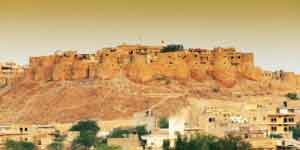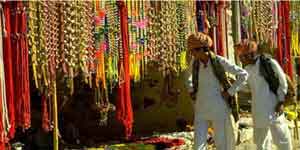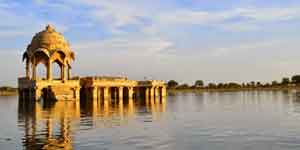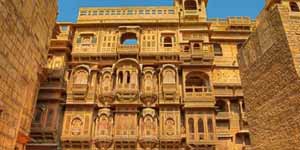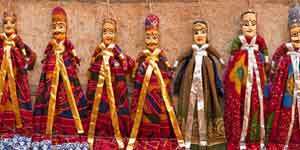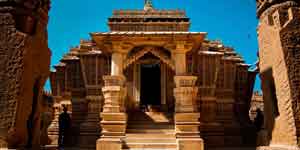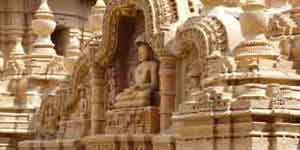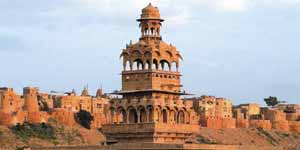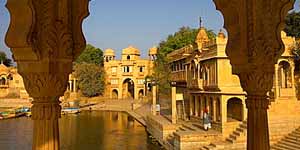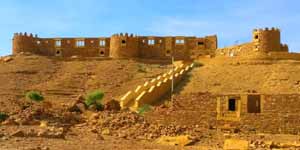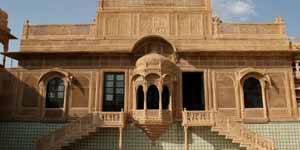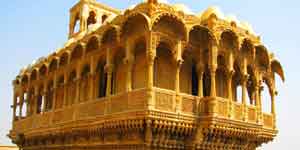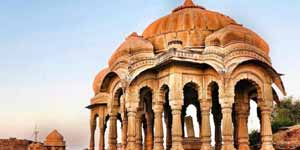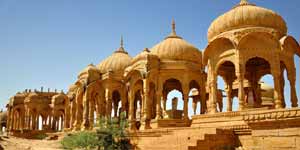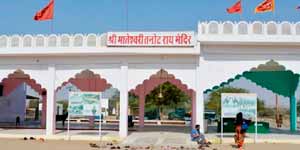

One of the grandest of all memorials, the Vyas Chhatri presents exquisitely crafted cenotaphs presenting it as a wonderful tourist attraction.
This commemorative plaque is built in the memory of Sage Vyas who had written the epic Mahabharata and is a formal cremation ground for the Brahmins located in Jaisalmer.
The cenotaph dedicated to the Sage is situated north of the entire structure. These cenotaphs were made as a symbol of respect to the clans of the royal family after their death.
The cenotaphs are built of yellow sandstone with intricately designed chhatris placed on top of these pillars.
The grandeur and opulence of the chhatris and the pillars testify the evergreen Rajasthani architecture. The best architectural minds will be forced to think about how these structures were built?
The fine detailing, statistics and the material used must have been top-notch. The Chhatri is also popularly known as the sun-set point giving a one-shot view of the beautiful city of Jaisalmer. Vyas Chhatri is one of the most popular tourist attractions and landmarks in the city and is placed in another structure called Bada Bagh.
Talking about the structure, the intricate carvings of dome-shaped pavilions are mesmerizing in their appearance. A visit here will give you an enduring peace and calmness especially during sunsets.
Vyas Chhatri is a photographer’s delight and the perfect place to pose for your best shots especially in the evening.
If you are visiting Jaisalmer, then you should surely visit the Vyas Chhatri which is a place enveloped in calm and tranquillity.
Best Time to Visit
The best time to visit Vyas chhatri is the months between October and March which is the winter period. As Jaisalmer is located beside the Thar Desert, the temperature in the summer (March to June) soars high and it can mar your experience of travelling. The monsoon season between June and September is also not a good option as the temperature does not change and in addition, there are bouts of rain. So, you should plan your visit to the Vyas Chhatri between the winter seasons.
